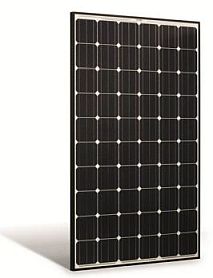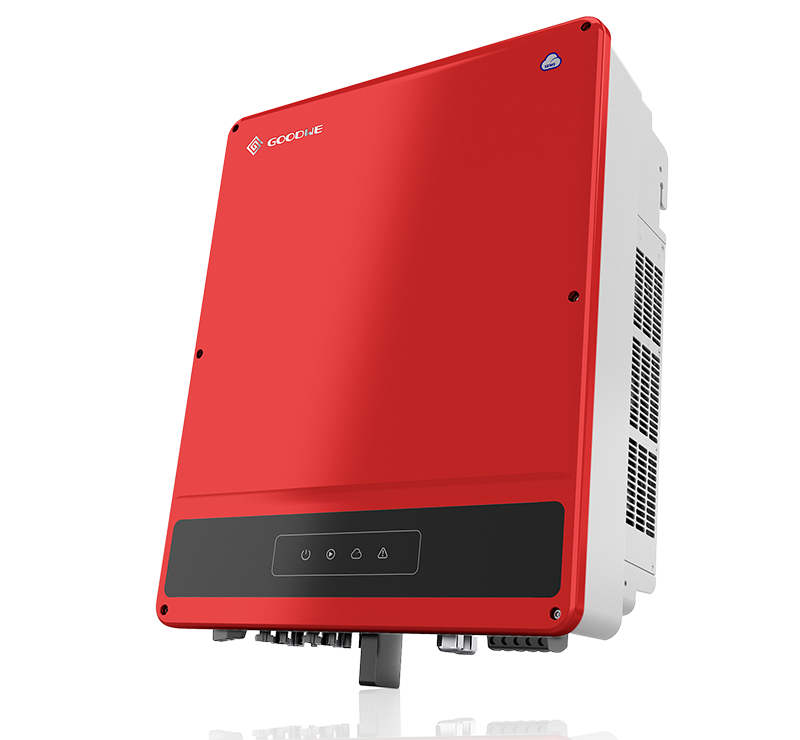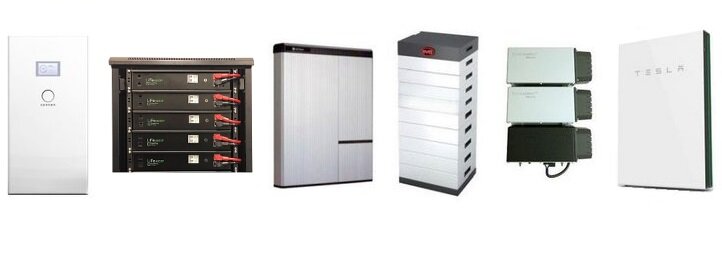Main Components Of A Solar System

Solar Panels
Most modern solar panels are made up of many silicon based photovoltaic cells (PV cells) which generate direct current (DC) electricity from sunlight. The PV cells are linked together within the solar panel and connected to adjacent panels using cables. Note: It is sunlight or irradiance, not heat, which produces electricity in photovoltaic cells. Solar panels, also known as solar modules, are generally connected together in ‘strings’ to create a what is known as a solar array. The amount of solar energy generated depends on several factors including the orientation and tilt angle of the solar panels, efficiency of the solar panel, plus any losses due to shading, dirt and even ambient temperature. There are many different solar panel manufacturers on the market, so it worth knowing which are the best solar panels and why.
Solar panels can generate energy during cloudy and overcast weather, but the amount of energy depends on the ‘thickness’ and height of the clouds, which determines how much light can pass through. The amount of light energy is known as solar irradiation and usually averaged over the whole day using the term Peak Sun Hours (PSH). The PSH or average daily sunlight hours depends mainly on the location and time of year.
Solar Inverter
Solar panels generate DC electricity which must be converted to alternating current (AC) electricity for use in our homes and businesses. This is primary the role of the solar inverter. In a ‘string’ inverter system, the solar panels are linked together in series, and the DC electricity is brought to the inverter which converts the DC power to AC power. In a micro inverter system, each panel has its own micro-inverter attached to the rear side of the panel. The panel still produces DC, but is converted to AC on the roof and is fed straight to the electrical switchboard.
There are also more advanced string inverter systems which use small power optimisers attached to back of each solar panel. Power optimisers are able to monitor and control each panel individually and ensure every panel is operating at maximum efficiency under all conditions.

Batteries
Batteries used for solar energy storage are available in two main types, lead-acid (AGM & Gel) and lithium-Ion. There are several other types available such as redox flow batteries and sodium-ion but we will focus on the most common two. Most modern energy storage systems use rechargeable lithium-ion batteries and are available in many shapes and sizes which can be configured in several ways explained in more detail here.

Battery capacity is generally measured is either Amp hours (Ah) for lead-acid, or kilowatt hours (kWh) for lithium-ion. However, not all of the capacity is available for use. Lithium-ion based batteries can typically supply up to 90% of their available capacity per day, while lead-acid batteries generally only supply 30% to 40% of their total capacity per day to increase battery life. Lead-acid batteries can be discharged fully, but this should only be done in emergency backup situations.
Off-grid solar systems require specialised off-grid inverters and battery systems large enough to store energy for 2 or more days. Hybrid grid-connected systems use lower cost hybrid (battery) inverters, and only require a battery large enough to supply energy for 5 to 10 hours (overnight) depending on the application.
